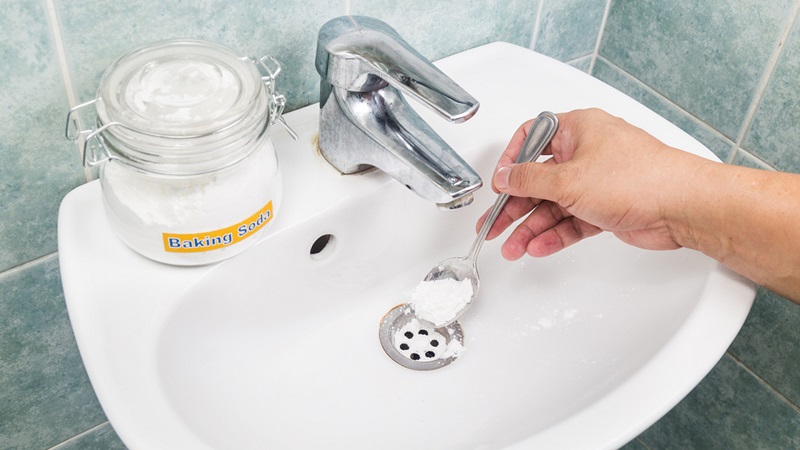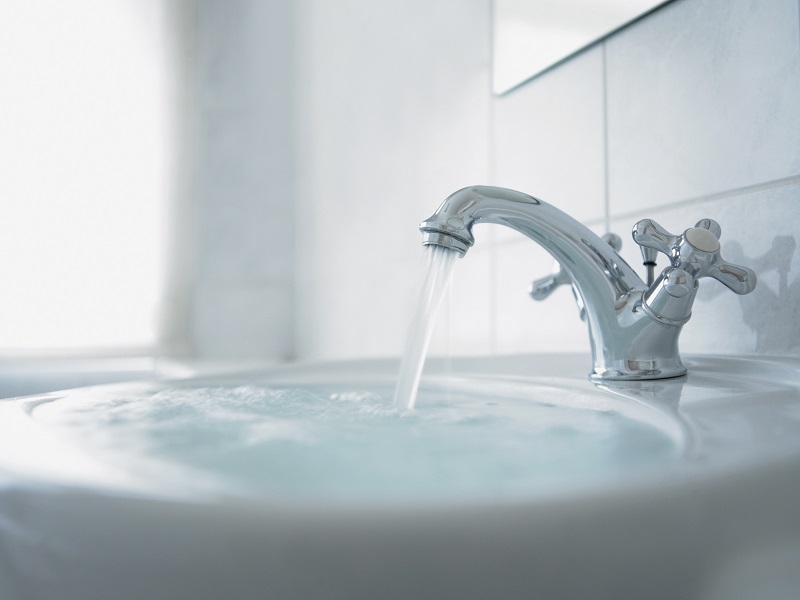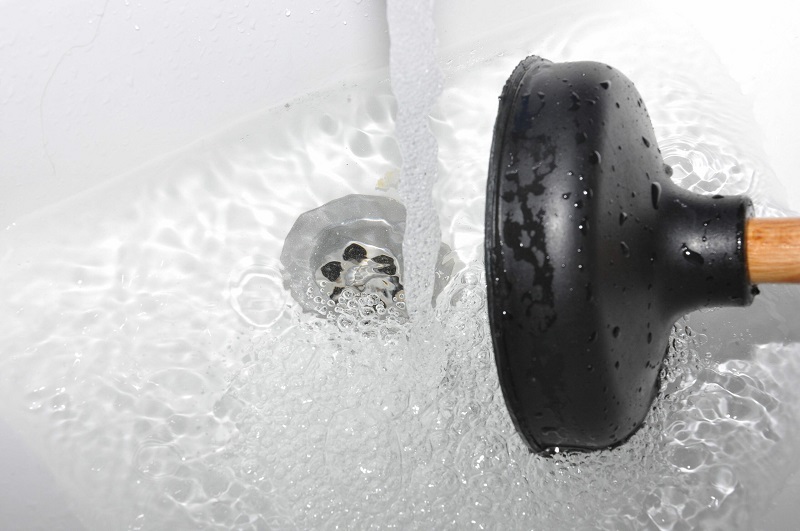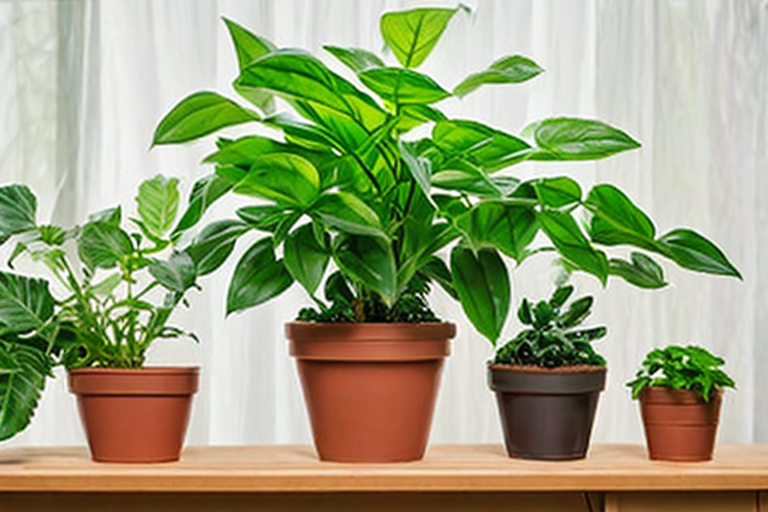Picture this: You’re in your bathroom, staring at a clogged bathtub, water pooling menacingly at the bottom. Panic starts to set in as you imagine the hassle of dealing with a blocked drain. You’ve heard about Drano, that magical elixir that claims to dissolve clogs with ease. But here’s the twist – your tub is full of water. Can you still use Drano? In this detailed guide, we’ll dive into the science of Drano, explore its ingredients, and discuss whether it’s safe and effective to use it when your tub is full. So, let’s roll up our sleeves and get to the bottom of this clogged tub dilemma!
Understanding the Role of Drano in Unclogging Drains
Before we tackle the conundrum of using Drano in a water-filled tub, let’s grasp the basics. Drano is a household name synonymous with drain cleaning. But how does it work its magic? Drano’s primary active ingredient is sodium hydroxide, a powerful chemical compound that can break down organic matter, grease, and hair – the usual suspects causing pesky clogs.
The Science Behind Drano
How Drano Works to Clear Clogs
Imagine the clog in your drain as a tangled mess of debris. When you pour Drano into the standing water, the sodium hydroxide immediately gets to work. It reacts with water and produces heat, generating a chemical reaction that dissolves the clog. The process is akin to a superhero arriving to save the day – except in this case, it’s a chemical superhero battling the clog monster.
The Key Ingredients of Drano: Sodium Hydroxide and Aluminum
Besides sodium hydroxide, Drano also contains aluminum particles. These particles enhance the effectiveness of the chemical reaction. As sodium hydroxide dissolves the organic material, the aluminum shavings create heat and agitation, helping to break down the clog further. It’s like a one-two punch against stubborn blockages.
Assessing the Situation: Full Tub vs. Partially Drained Tub
Now that we’re armed with some chemical know-how, let’s address the main question: can you use Drano in a tub full of water? The answer isn’t a simple yes or no – it depends on the situation.
Different Scenarios: Tub Completely Filled vs. Tub Partially Drained
If your tub is only partially filled with water, using Drano is generally safe and effective. The chemical reaction needs some water to kickstart, so the partially drained tub provides the ideal environment for Drano to work its magic. However, if your tub is completely filled to the brim, using Drano becomes a bit trickier.
Factors to Consider Before Using Drano
Before you reach for that Drano bottle, there are a few important factors to consider:
- Water Volume: If your tub is full, the excess water might dilute the Drano solution, making it less effective.
- Safety: Using Drano with a full tub poses safety risks, including splashing and exposure hazards. It’s crucial to take precautions to protect yourself from potential harm.
The Potential Risks of Using Drano with Water Present
Chemical Reactions and Safety Concerns
When Drano comes into contact with water, a chemical reaction occurs. This reaction generates heat and releases gas, potentially causing splashes. If the tub is full, the risk of splashing increases, posing a safety hazard to your skin and eyes.
Splashing and Exposure Hazards
Drano is a caustic substance, meaning it can cause burns and irritation upon contact. When water is present, there’s a higher chance of splashes reaching your skin or eyes. This is why using Drano in a full tub requires meticulous safety measures.
Steps to Prepare for Using Drano
Using Drano in a full tub demands careful preparation to minimize risks. Here’s a step-by-step guide to ensure a safe and effective unclogging process:
Gathering Necessary Safety Equipment
Before you begin, equip yourself with safety gear. Wear gloves to protect your skin and goggles to shield your eyes from potential splashes.
Draining Some Water to Create a Safe Space
While wearing your safety gear, carefully drain some water from the tub to create a safe area for pouring the Drano solution.
Using Drano in a Full Tub: The Step-by-Step Process
Protective Measures: Gloves and Goggles
Safety first! Don your gloves and goggles to shield yourself from potential splashes.
Pouring Drano Carefully into the Standing Water
With safety gear in place, slowly pour the Drano solution into the standing water. Take your time to avoid splashes.
Giving Drano Time to Work its Magic
Now, exercise patience. Allow the Drano to react with the clog. This can take some time, so resist the urge to rush the process.
Understanding Reaction Time: Allowing Drano to Dissolve the Clog
Drano needs time to break down the clog’s components. The chemical reaction is more effective when concentrated, so it’s important to let it sit and work its way through.
Monitoring the Drain’s Progress: Signs of Improvement
As you wait, keep an eye on the drain. If you notice the water level decreasing or the drain making gurgling sounds, these are positive signs that Drano is doing its job.
What if Drano Doesn’t Work? Troubleshooting Steps
Despite your best efforts, there’s a chance Drano might not fully clear the clog. In such cases, don’t lose hope – here’s what you can do:
Patience is Key: Waiting for Drano to Fully React
Give Drano more time to work. Sometimes, stubborn clogs require a longer reaction period.
Reasons for Failure: Stubborn Clogs and Complex Blockages
If the clog remains after using Drano, it might be particularly stubborn or located in a complex part of the drain system. In such cases, it’s time to explore other options.
Flushing Out the Clog: Draining the Tub
If Drano hasn’t fully cleared the clog, you’ll need to drain the tub. Here’s how to do it safely:
- Put on your safety gear.
- Slowly and carefully drain the tub. If water starts receding, it’s a sign that Drano has made some progress.
Draining the Tub After Drano’s Reaction
After giving Drano sufficient time to react, draining the tub is a sensible next step. However, ensure you follow safety precautions:
How to Safely Drain the Tub without Compromising Results
- Open the drain plug and start draining the tub slowly.
- If the water is receding smoothly, it’s an indication that the clog has been partially dissolved.
Post-Drano Cleanup and Maintenance
Once the tub is drained and the clog has been dealt with, it’s time to tidy up and ensure future drain health.
Flushing the Drain with Water
After the clog is cleared, run hot water down the drain for a few minutes to flush out any remaining debris.
Preventive Measures: Regular Drain Maintenance
To avoid future clogs, make drain maintenance a habit. Use drain screens to catch hair and debris before they can create blockages.
Safe Disposal of Drano and Cleanup Supplies
Remember, safety doesn’t end when the clog is gone. Properly dispose of any leftover Drano and cleaning supplies.
Proper Disposal of Drano Residue
Dispose of Drano containers and residue according to your local regulations. Never pour the leftover solution down the drain or throw it in the trash.
Cleaning Up Work Area: Handling Spills and Residue
Thoroughly clean the area where you used Drano to prevent accidental exposure to the chemical.
When to Seek Professional Help
While Drano can work wonders for minor clogs, there are times when professional help is necessary.
Recognizing When DIY Methods Aren’t Enough
If you’ve followed all the steps and the clog persists, it’s a sign that the blockage might be too severe for DIY solutions.
Contacting a Plumber: Signs of a Larger Issue
If clogs are a recurring issue or you notice slow drainage in multiple areas of your home, it’s best to call in a professional plumber. This could indicate a more significant problem within your plumbing system.
Natural Alternatives to Drano: A Greener Approach
If you’re environmentally conscious or prefer natural solutions, there are alternatives to Drano:
Baking Soda and Vinegar: A Natural DIY Solution
Mixing baking soda and vinegar creates a fizzy reaction that can help break down minor clogs. However, it might not be as potent as Drano for tougher blockages.
Exploring Other Eco-Friendly Drain Cleaning Methods
From enzyme-based drain cleaners to drain snakes, there are several eco-friendly options available for tackling clogs.
Preventing Future Clogs: Best Practices
After overcoming the current clog, taking preventive measures can save you from future plumbing headaches.
Being Mindful of What Goes Down the Drain
Avoid letting large amounts of hair, food particles, or grease go down the drain. These are common culprits behind clogs.
Using Drain Screens: An Ounce of Prevention
Install drain screens to catch debris before it can accumulate and cause blockages. Regularly clean these screens to ensure they’re effective.
Conclusion
In the world of drain cleaning, Drano stands as a formidable solution. However, using it in a water-filled tub requires caution and careful execution. By following safety protocols, being patient, and understanding the science behind Drano’s effectiveness, you can confidently tackle that clogged tub dilemma. Remember, while Drano can work wonders, preventive measures and eco-friendly alternatives also play a crucial role in maintaining a smoothly flowing-plumbing system. So, armed with knowledge and safety gear, go forth and conquer those clogs, one drain at a time!





